As a vital equipment in the shipbuilding industry, hydraulic winches play an irreplaceable role in a variety of marine operations. Whether it is ship mooring, cargo loading and unloading, offshore towing, or deep-sea salvage, hydraulic winches have become one of the core equipment in modern ship operations with their powerful power output and stable working performance. It can not only maintain efficient operation in harsh marine environments, but also has strong load capacity and precise control characteristics, making ships safer and more reliable when performing various operations.
In the anchoring operation of ships, hydraulic winches are one of the indispensable equipment. During the voyage, ships need to anchor in designated areas, especially in bad weather or strong current areas, and a stable anchoring system is essential. Although traditional electric or manual anchoring equipment can complete basic anchoring and anchoring operations, they often show problems of insufficient power or inconvenient operation when facing complex marine environments. The hydraulic winch, with its efficient power transmission system, provides greater traction during the anchoring and anchoring process of the ship, making the release and tightening process of the anchor chain smoother. This stability can effectively reduce the violent shaking of the ship caused by the sudden force of the anchor chain, thereby improving the safety of the ship when moored. At the same time, the power system of the hydraulic winch can achieve precise control, so that the crew can adjust the power output of the winch according to the actual situation, ensure that the anchor chain can still maintain appropriate tension in complex environments, and avoid equipment damage or loss of control of the ship due to uneven force.
In addition to the mooring system, hydraulic winches are also widely used in ship deck operations. Large cargo ships, tankers and engineering ships often need to carry out cargo loading and unloading, offshore salvage and other deck operations when sailing at sea, and these tasks often involve the handling of heavy equipment and high-load items. In such operations, the strong traction and precise control capabilities of the hydraulic winch make it an ideal equipment for lifting and moving cargo. Especially in deep-sea operations, such as shipwreck salvage and offshore oil platform maintenance, the stability and durability of the hydraulic winch are particularly important. It can work for a long time in high-salinity and high-humidity environments, and can maintain continuous and stable power output even under high load conditions. Traditional electric winches may reduce their working efficiency due to overheating after long-term operation, while hydraulic winches have superior heat dissipation performance. Even if they operate for a long time, they can maintain efficient operation without power attenuation.
Hydraulic winches also play a pivotal role in ship towing and mooring operations. Tugboats, rescue ships, marine engineering ships and other ships often need to perform long-term towing tasks, and these tasks have extremely high requirements for the power output and durability of the winches. Hydraulic winches can provide continuous and stable traction, making the towing process smoother and ensuring the safe operation of ships even in harsh sea conditions. The construction of offshore wind farms, the movement of marine engineering facilities, and marine rescue missions all rely on the strong power of hydraulic winches. Since the hydraulic system can automatically adjust the output power according to the load requirements, there will be no problems of insufficient power or equipment overload when performing high-load tasks. Especially in the process of marine rescue, time is often the key factor in determining life and death. Hydraulic winches can respond quickly and operate accurately, providing strong support for rescue ships, thereby greatly improving rescue efficiency.
The reason why hydraulic winches can be widely used in the shipbuilding industry is mainly due to their excellent technical advantages. Compared with traditional electric winches, hydraulic winches have higher power density and can provide stronger traction when performing high-load tasks. The power transmission of the hydraulic system is more efficient, allowing the winch to maintain stable power output in various environments. The operation of the hydraulic winch is more stable, which can effectively reduce mechanical shock and vibration, thereby extending the service life of the equipment. More importantly, the maintenance cost of the hydraulic winch is relatively low, and the core components of the hydraulic system such as hydraulic pumps, hydraulic valves and cylinders have a long service life, and the maintenance operation is relatively simple, which greatly reduces the operating cost of the ship. The hydraulic system has strong environmental adaptability and can work normally in extreme environments such as high humidity, strong corrosion, and high temperature. Therefore, it is very suitable for ocean-going ships and marine engineering equipment.
With the continuous development of marine engineering and ship technology, the performance of hydraulic winches will be further optimized, and will develop in a more intelligent and automated direction in the future. For example, by introducing electronic control systems and remote operation technologies, hydraulic winches will be able to achieve more precise power regulation and more convenient remote control, improving operating efficiency and safety. The promotion of green environmental protection concepts will also drive the hydraulic system to develop in a more energy-saving and efficient direction. The new hydraulic winch will provide stronger power support while reducing energy consumption, meeting the future shipping industry's demand for high-performance equipment.

 ENG
ENG
 English
English русский
русский Español
Español

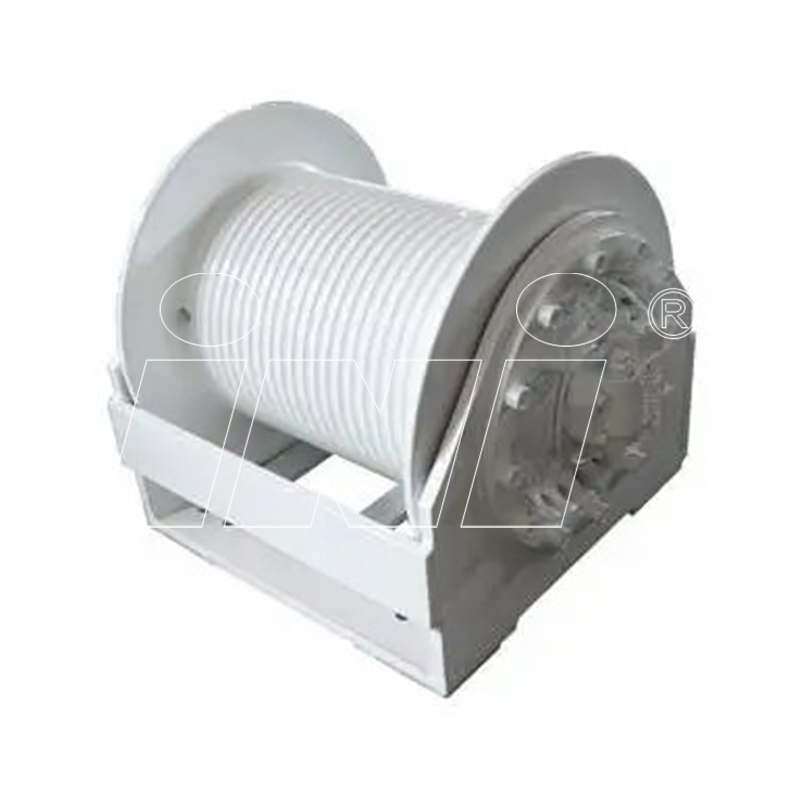
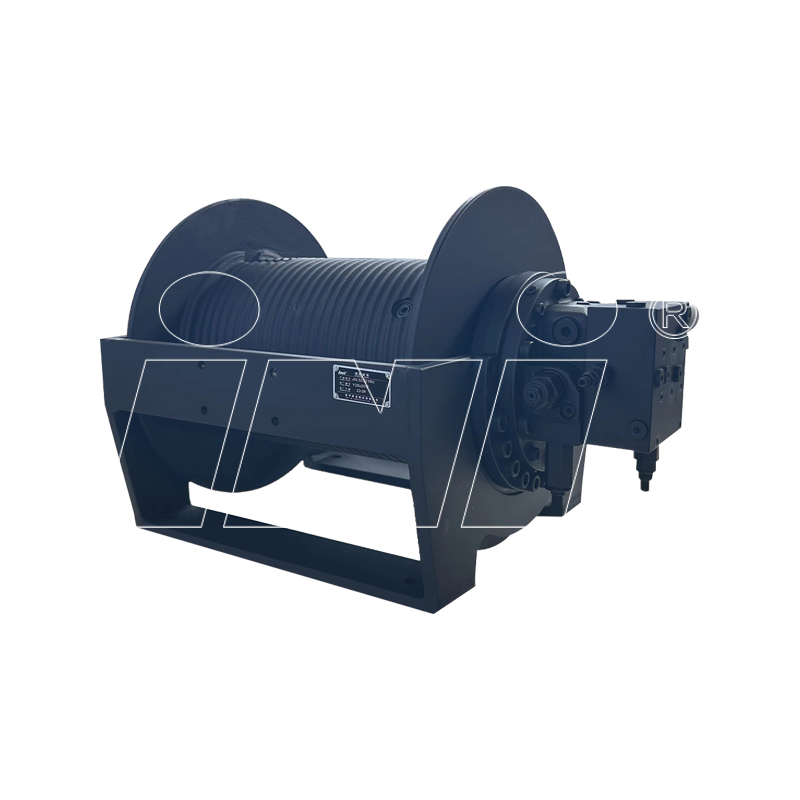


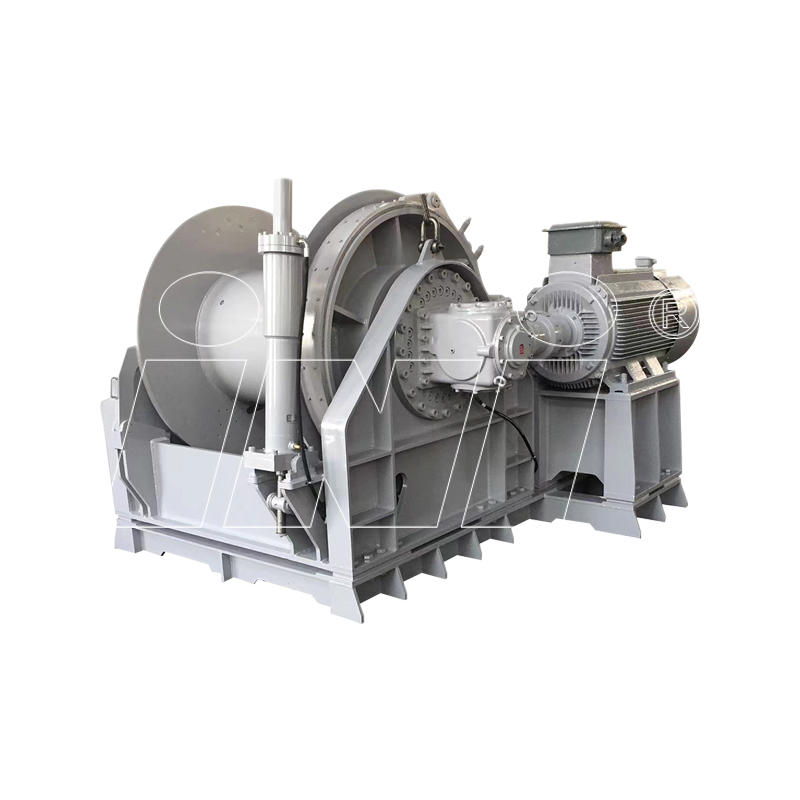

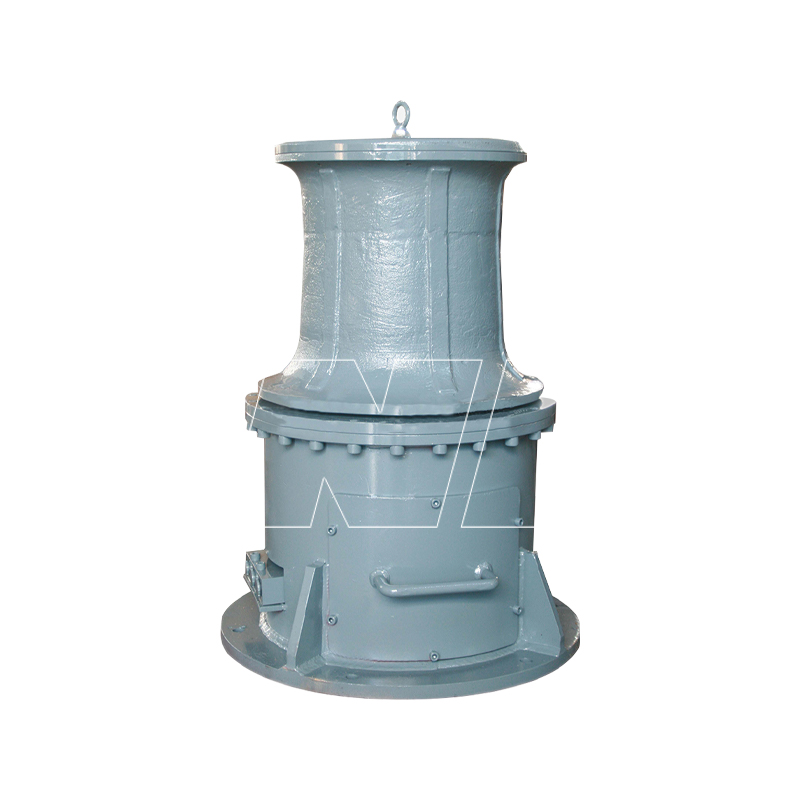
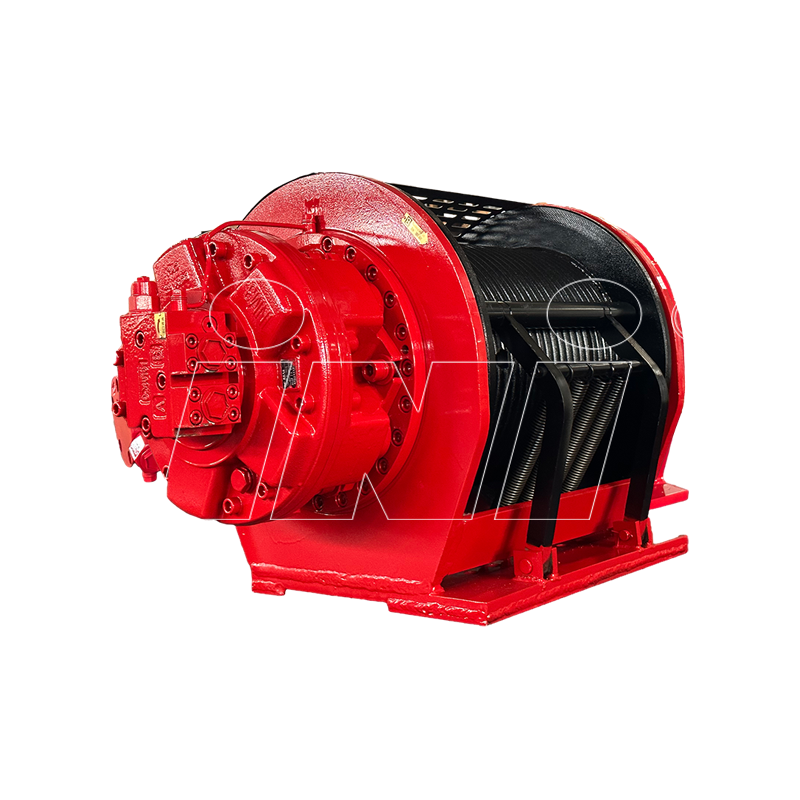



 English
English русский
русский Español
Español
 TOP
TOP